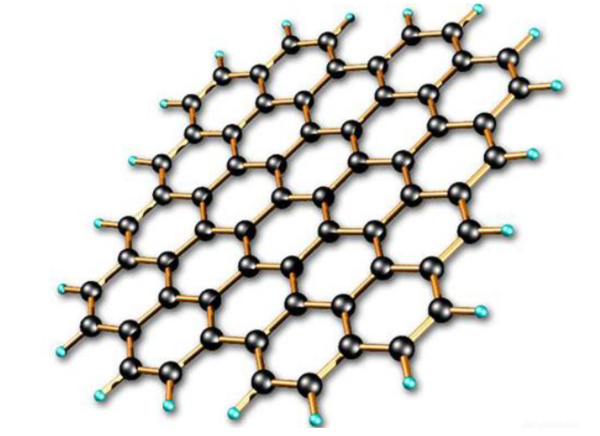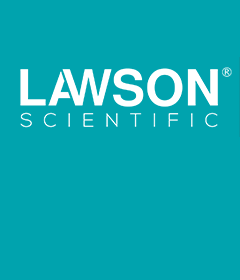Technical
What is the difference between graphene and graphite?
Difference:
1. The thickness of the graphite sheet is thicker than that of graphene. When the graphite sheet is peeled off into a single layer, this single layer with a thickness of only one carbon atom is graphene.
2. Graphene is a single layer of graphite. Graphite can be seen as a stack of multiple layers of graphene. Graphite oxide is the oxidation of graphite by a strong oxidant. Functional groups such as hydroxyl and carboxyl groups are generated on the surface, which will oxidize Graphite ultrasonic dispersion< After /a>, due to the ultrasonic oscillation, the dispersion effect is easy to disperse the graphene oxide in the layered structure, namely graphene oxide. Graphene can be obtained by reducing the graphene oxide with a reducing agent.

Extended Data
Graphene is a two-dimensional carbon nanomaterial with a hexagonal honeycomb lattice composed of carbon atoms with sp² hybrid orbitals.
Graphene has excellent optical, electrical and mechanical properties, and has important application prospects in materials science, micro-nano processing, energy, biomedicine and drug delivery. Is a future revolutionary material. Physicists Andrei Geim and Konstantin Novoselov of the University of Manchester, UK, were awarded the 2010 Nobel Prize in Physics for their successful separation of graphene from graphite by micromechanical exfoliation.
The common powder production methods of graphene are mechanical exfoliation method, redox method, SiC epitaxial growth method, and the thin film production method is chemical vapor deposition (CVD). On March 31, 2018, China's first fully automatic mass production graphene organic solar optoelectronic device production line was launched in Heze, Shandong. The project mainly produces graphene organic solar cells (hereinafter referred to as graphene OPV) that can generate electricity in low light. The three major solar power generation problems of application limitation, sensitivity to angle, and difficulty in modeling are solved.
Research History:
In 2004, two scientists from the University of Manchester, Andre Geim and Konstantin Novoselov, discovered that they could Thinner and thinner graphite flakes are obtained in a very simple way. They exfoliated graphite flakes from highly oriented pyrolytic graphite, then glued both sides of the flakes to a special tape, and by tearing the tape, the graphite flakes were split in two. Keep doing this, so the sheets get thinner and thinner, and in the end, they get a sheet made of just one layer of carbon atoms, which is graphene.
Since then, new methods of preparing graphene have emerged one after another. In 2009, Andrei Geim and Konstantin Novoselov discovered the integer quantum Hall effect and the quantum Hall effect at room temperature in single-layer and double-layer graphene systems, respectively. Received the 2010 Nobel Prize in Physics. Before the discovery of graphene, most physicists believed that thermodynamic fluctuations did not allow any two-dimensional crystals to exist at finite temperatures. So, its discovery immediately shook the academic community of condensed matter physics. Although both theoretical and experimental circles believe that perfect two-dimensional structures cannot exist stably at non-absolute zero degrees, single-layer graphene can be prepared experimentally.
On March 31, 2018, China's first fully automatic mass production graphene organic solar optoelectronic device production line was launched in Heze, Shandong. The project mainly produces solar cells that can generate electricity in low light. Graphene organic solar cells (hereinafter referred to as graphene OPV) have solved the three major problems of solar power generation: application limitation, sensitivity to angle, and difficulty in modeling.
--------------------------------------------------------- -------------
If you want to know more, please call for details.
+86 574 8908 5816 +86 186 5743 5285
Or swipe the QR code below:





